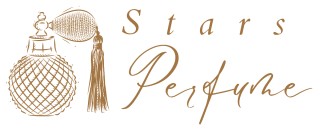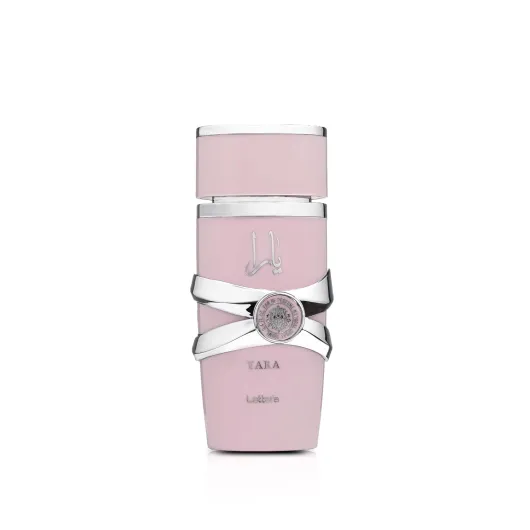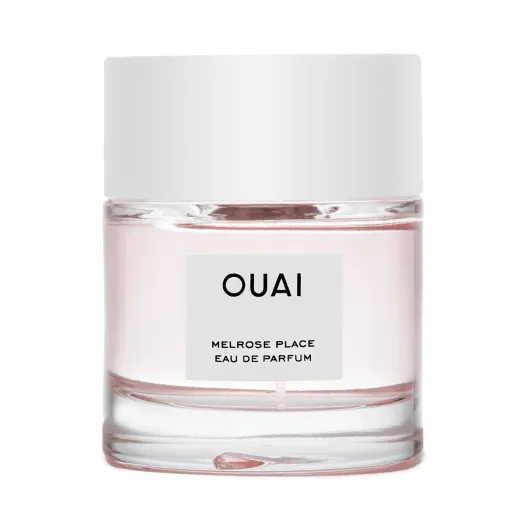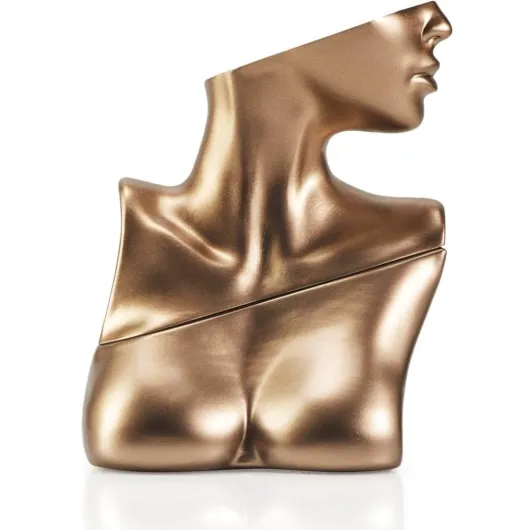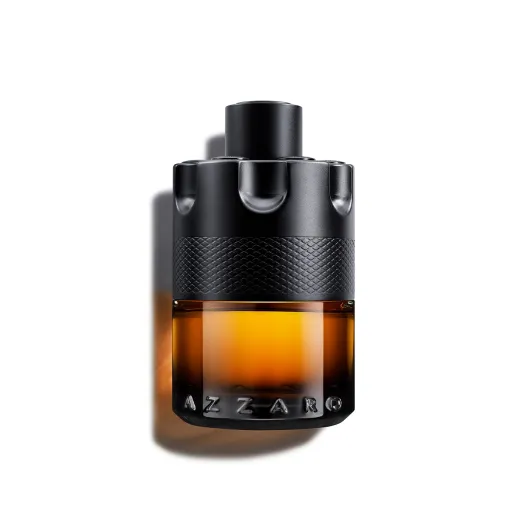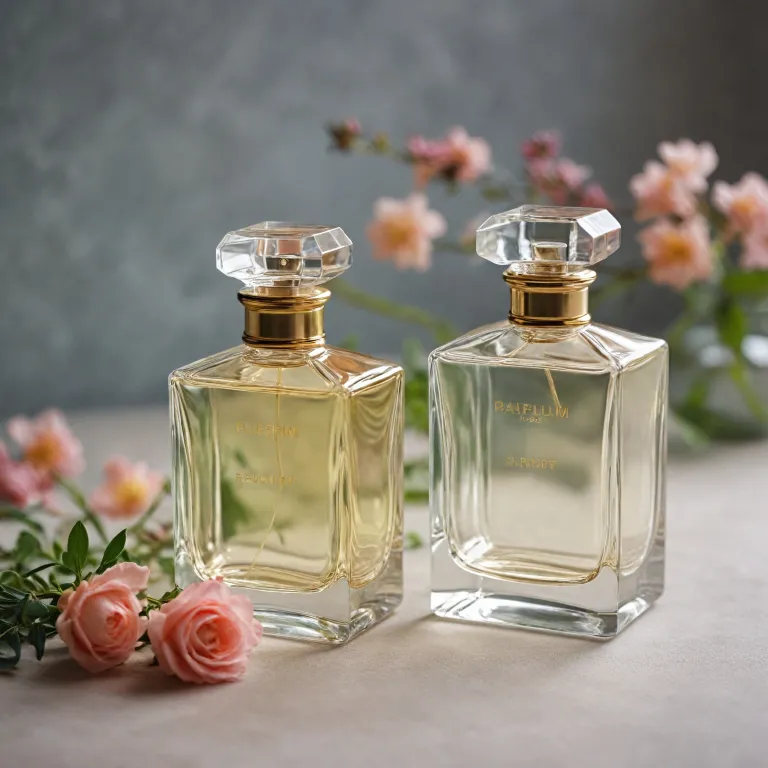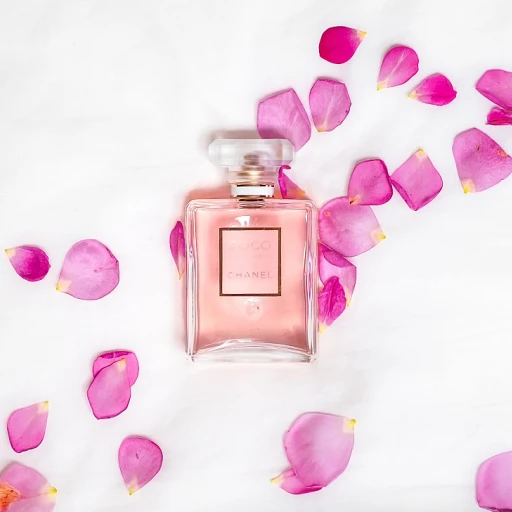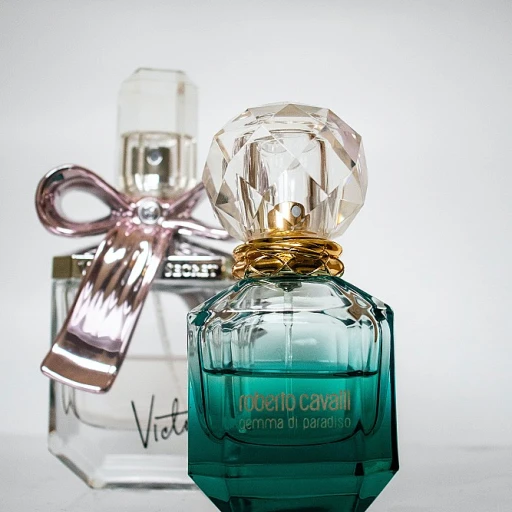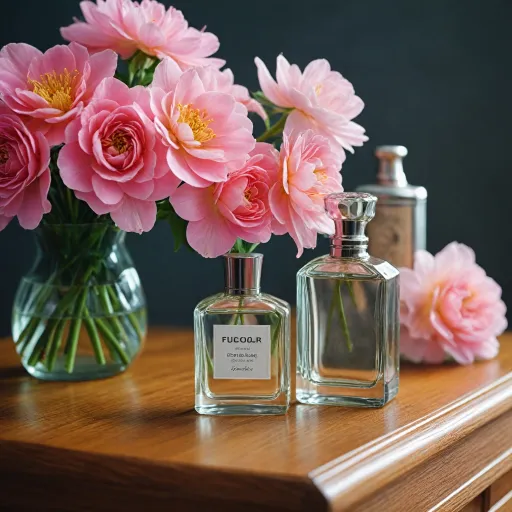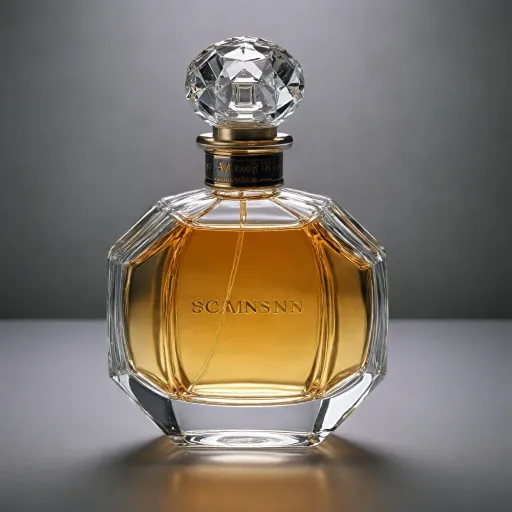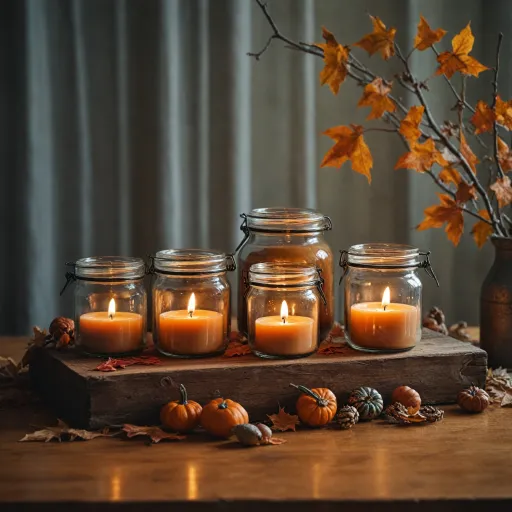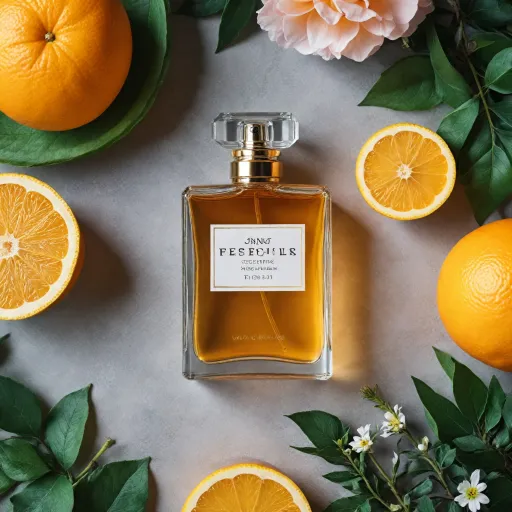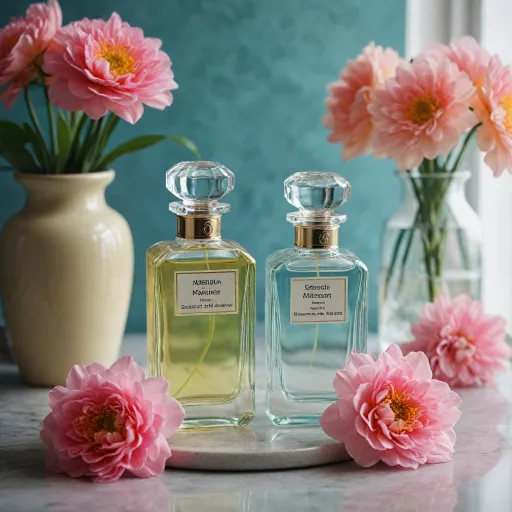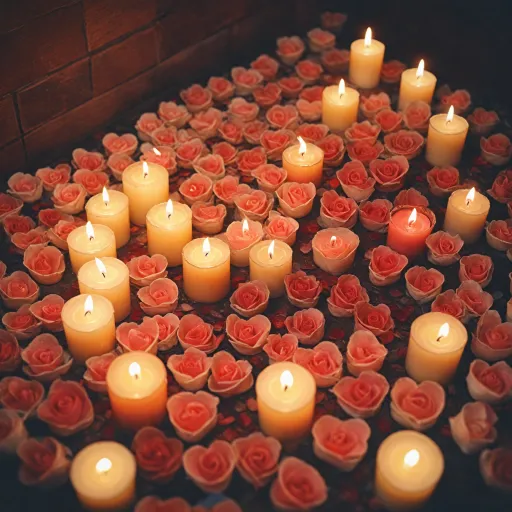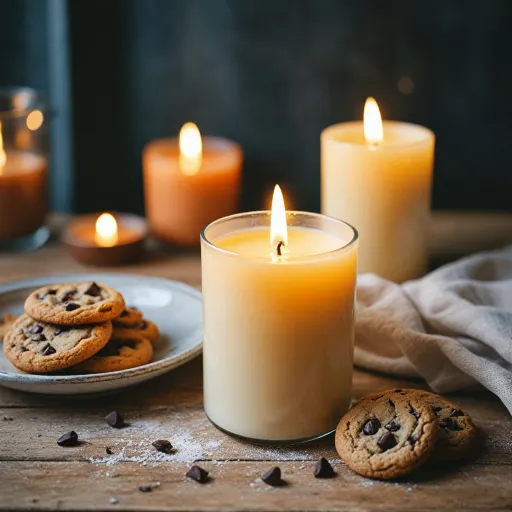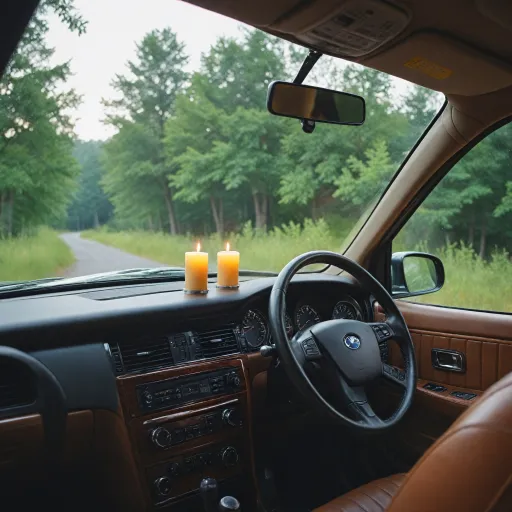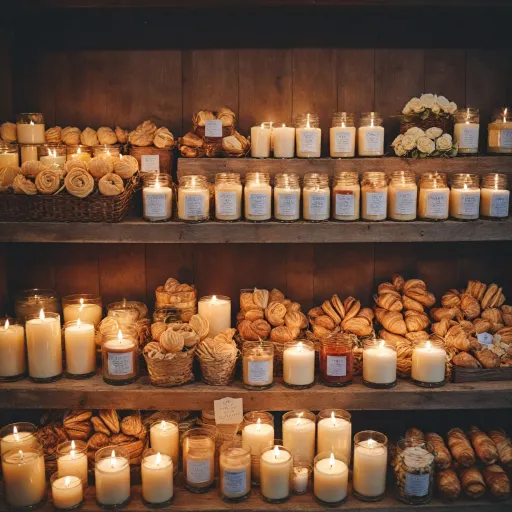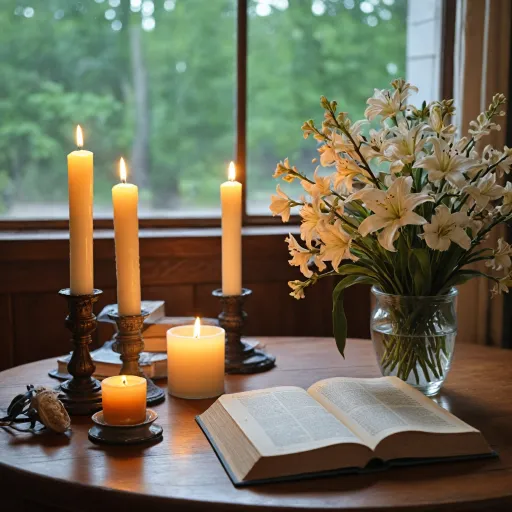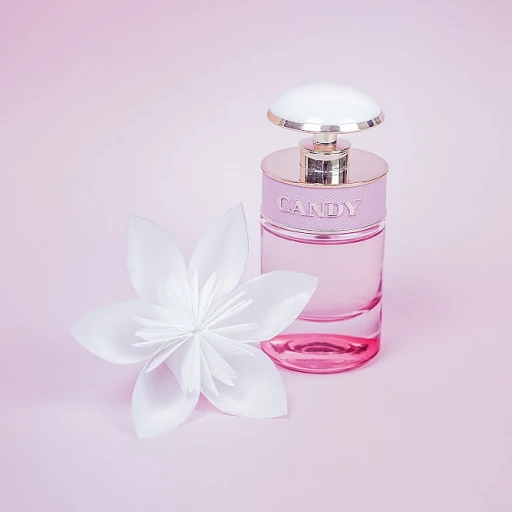
The Essence of Parfum
The Intricacies of Pure Perfume
At the core of the fragrance universe, parfum stands as a symbol of luxury and sophistication. With the highest concentration of fragrance oils, pure perfume presents a deeply rich and long-lasting scent experience. Typically chosen by those who have a refined taste and are seeking a long-lasting fragrance, parfum contains between 20% to 30% of fragrance oils. This high concentration grants it superior longevity, often lingering on the skin for hours, sometimes lasting throughout the day or more.
The richness of parfum is often expressed through complex notes that evolve over time, offering a dynamic olfactory journey. The top notes of a parfum are just the beginning of its story, which can unfold in surprising ways as the day progresses. Whether you're indulging for a special occasion or seeking a signature smell, the allure of pure perfume is undeniable. Its deep scent profile often suits those who prefer a more intimate, close-to-the-skin wear, as opposed to the more diffusive character of other concentrations such as eau de parfum or eau de toilette.
In understanding the nuances between parfum and other fragrance types, it's vital to consider not just the concentration but also your personal preferences and lifestyle needs. To explore these considerations further, and to understand how to sample scents without purchasing, you'll find guidance aplenty.
The journey doesn’t stop here. Dive deeper into the world of fragrance and explore how to best utilize these sophisticated scents for your daily regime and special moments alike.
Eau de Parfum Explained
Unveiling the Mystique of Eau de Parfum
Eau de Parfum (often abbreviated as EDP) fascinates fragrance aficionados with its perfect balance between scent intensity and wearability. The core element that distinguishes eau de parfum from other perfumes is its concentration of fragrance oils, typically comprising 15-20% of the total formula. This concentration level offers a harmonious blend of rich aromas and moderate longevity, appealing to those who seek a scent that stands out without overwhelming. Compared to parfum — which boasts a concentration upwards of 30% — EDP presents a slightly subtler profile. It lies comfortably in between the lighter eau de toilette and the more potent parfum, offering a versatile option for everyday use. Understanding these distinctions in concentration allows enthusiasts to appreciate the nuanced art of fragrance composition. An eau de parfum spray impresses with its ability to linger on the skin for several hours, typically between four to six hours, making it a long-lasting choice for both day and evening wear. When you apply EDP, it envelops you in top notes that gradually unfold, revealing heart notes that linger throughout the day. This gradual evolution highlights the intricacy of the fragrance pyramid, ensuring a dynamic experience. Choosing the right fragrance is an olfactory journey, and appreciating the subtleties of eau parfum is a step toward understanding what makes each fragrance unique. For a deeper exploration on how different perfume concentrations interact with our senses, you might find this article about the serendipity of scent to be particularly enlightening.Comparing Concentrations
Exploring Fragrance Concentrations
Understanding the difference between parfum and eau de parfum largely revolves around their concentrations. Parfum, sometimes referred to as parfum spray or parfum eau, tends to have the highest oil concentration among all fragrances. Typically, parfum contains between 20% to 30% fragrance oil, which allows it to maintain its richness and depth for extended periods.
On the other hand, eau de parfum (edp) generally possesses an oil concentration of 15% to 20%, making it slightly lighter than parfum. This concentration makes eau de parfum an appealing choice for those who desire a fragrance that is noticeable yet not overwhelming throughout the day. It's particularly suitable for all-day wear without crossing the line to heaviness on the skin.
It's essential to note that these concentrations significantly influence how a fragrance interacts with both your body's chemistry and your environment. For instance, eau toilette (edt) offers even a lighter concentration, ranging from 5% to 15%, ideal for more frequent application and offering a subtler scent.
However, while some might prefer the potent and long lasting nature of parfum, others might find eau de parfum's balance between intensity and subtlety more fitting. The choice between these concentrations isn't just a matter of intensity; it represents a personal preference and lifestyle. For those interested in deeper insights, exploring the size insights of perfume bottles can further aid in understanding fragrance consumption behavior and needs.
Longevity and Sillage
Durability of Scent on Skin
The longevity of a fragrance on your skin is a crucial factor in choosing between parfum, eau de parfum, and other fragrance types. The perfume concentration plays a significant role here. Parfum, with its high concentration of fragrance oils, typically lasts the longest, offering olfactory delight for many hours, sometimes even an entire day.
Sillage: A Signature Presence
Closely linked to longevity is a fragrance’s sillage, the aromatic trail you leave in your wake. Parfum's rich oils create a more pronounced sillage, making it ideal for those who want their scent to have a lasting impact. In contrast, eau de parfum, though potent, tends to have a more moderate sillage, with its lighter concentration compared to pure parfum.
Eau de Toilette and Eau de Cologne
Should you prefer a subtler presence, you might consider the lighter alternatives like eau de toilette or eau de cologne. These have lower concentrations of fragrance oils and subsequently exhibit softer sillage and shorter longevity. Typically, they linger between three to five hours, making them suitable for a refreshing daytime wear or for those who wish to re-apply fragrance throughout the day.
Understanding the Impact of Notes
The structure of a fragrance, from its top notes to its base, also affects how long a scent lingers. Heavier base notes, often found in parfum and some edp parfum, naturally last longer. Meanwhile, the lighter top notes in a toilette edt or edp spray might evaporate quicker.
By understanding these nuances in concentration and performance, you can better select the fragrance that fits your lifestyle and personal preference.
Choosing the Right Fragrance for You
Tailoring Your Fragrance Experience
When it comes to selecting the perfect scent, understanding the various aspects of fragrance can greatly enhance your decision-making process. Parfum, with its high concentration of fragrance oils, offers an opulent experience, while eau de parfum provides a balanced blend of intensity and wearability. Eau de toilette, on the other hand, can be ideal for casual daywear due to its lighter composition of fragrance oils. To choose a fragrance that suits your personal style and occasions, consider the following:- Identify Your Preference: Analyze whether you prefer stronger, long-lasting scents or lighter, more transient ones. This will help you narrow down between parfum and eau de parfum or even an eau de toilette.
- Consider the Occasion: Parfum and parfum sprays are often reserved for special events or evening wear due to their strong sillage and longevity, often lasting many hours. Eau de parfum and toilette eau are suitable for daily wear, providing a subtle presence.
- Evaluate Skin Chemistry: Fragrances can differ from one person to another based on skin chemistry. It's important to test how various scents react on your skin before making a purchase.
- Seasonal Variations: With sensitivity to seasonal changes, lighter eau de toilettes with fresh or floral top notes can be pleasant for warmer months, whereas deeper, woodier scents may be more appropriate in cologne or perfume concentration during cooler months.
The Art of Layering Fragrances
The Mastery of Fragrance Layering
Layering fragrances is an art that enables you to create a personalized scent signature by combining different perfume concentrations and notes. Understanding the nuances between parfum, eau de parfum, and other fragrances allows you to experiment with various combinations to achieve your desired scent profile. Here’s how you can master this delicate art:- Choose Complementary Concentrations: Start by identifying the perfumes you love, whether it’s a rich parfum or a lighter eau de toilette. Each fragrance concentration offers unique characteristics; a stronger parfum may serve as a base, while an eau de parfum can add depth with its complex blend of fragrance oils. Combining different concentrations, like parfum with an eau de toilette, can enhance the overall scent experience.
- Know Your Notes: When layering, consider the top, middle, and base notes of each fragrance. Pair scents with similar or harmonious notes to maintain a cohesive scent profile. For instance, a floral top note can be beautifully complemented by a woody base note in another perfume.
- Play with Intensity: Adjust the balance by mixing stronger and softer scents. A powerful parfum spray can be lightened up by spritzing a softer toilette eau, creating an alluring trail that evolves over hours of wear.
- Timing is Everything: Apply the longer-lasting scent first, giving it time to settle on your skin before adding another layer. This method ensures that the fragrances meld naturally, highlighting the harmonious play between the different notes.
- Test on Skin: Skin chemistry can alter the perception of a scent. Always test layered fragrances on your skin to assess how the combination performs throughout the day, making adjustments as needed to optimize longevity and sillage.
